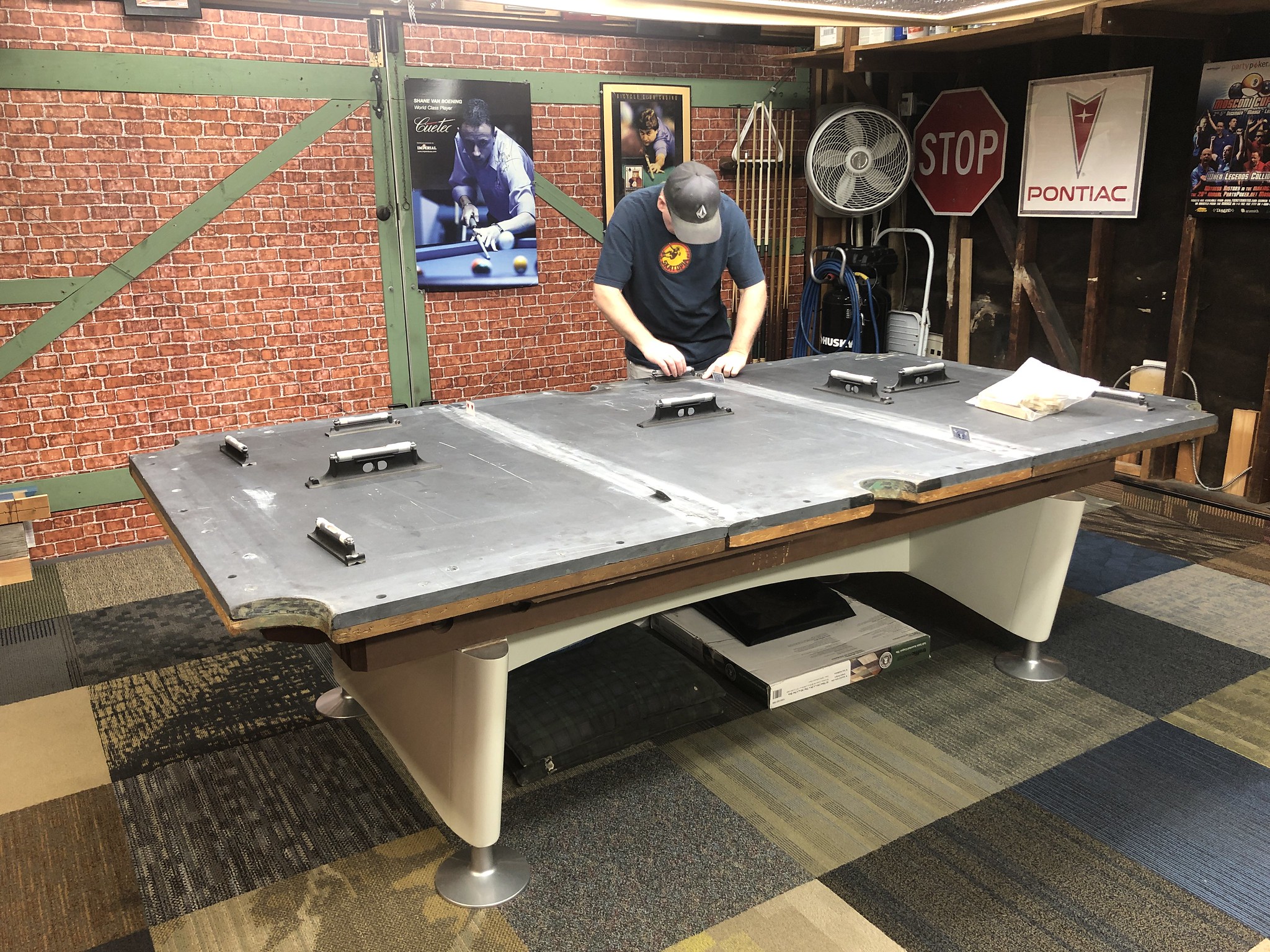Das Cue-Boot
Active member
I’m not sure where to ask this question, so I’ll try here. Is there anywhere in the equipment or other rules that actually specifies how level a table should be? I’ve seen the flatness and coplanar requirement for slates and slate joints, but nowhere can I find anything defining level and how level it should be. I think we would all agree that a table with a 5 degree slant that collects all the balls on one rail would be unacceptable, but how good is good enough? 1 degree? 0.1 degree? 0.01 degree? Does anyone look at this for tournaments, and what criteria do they use?
